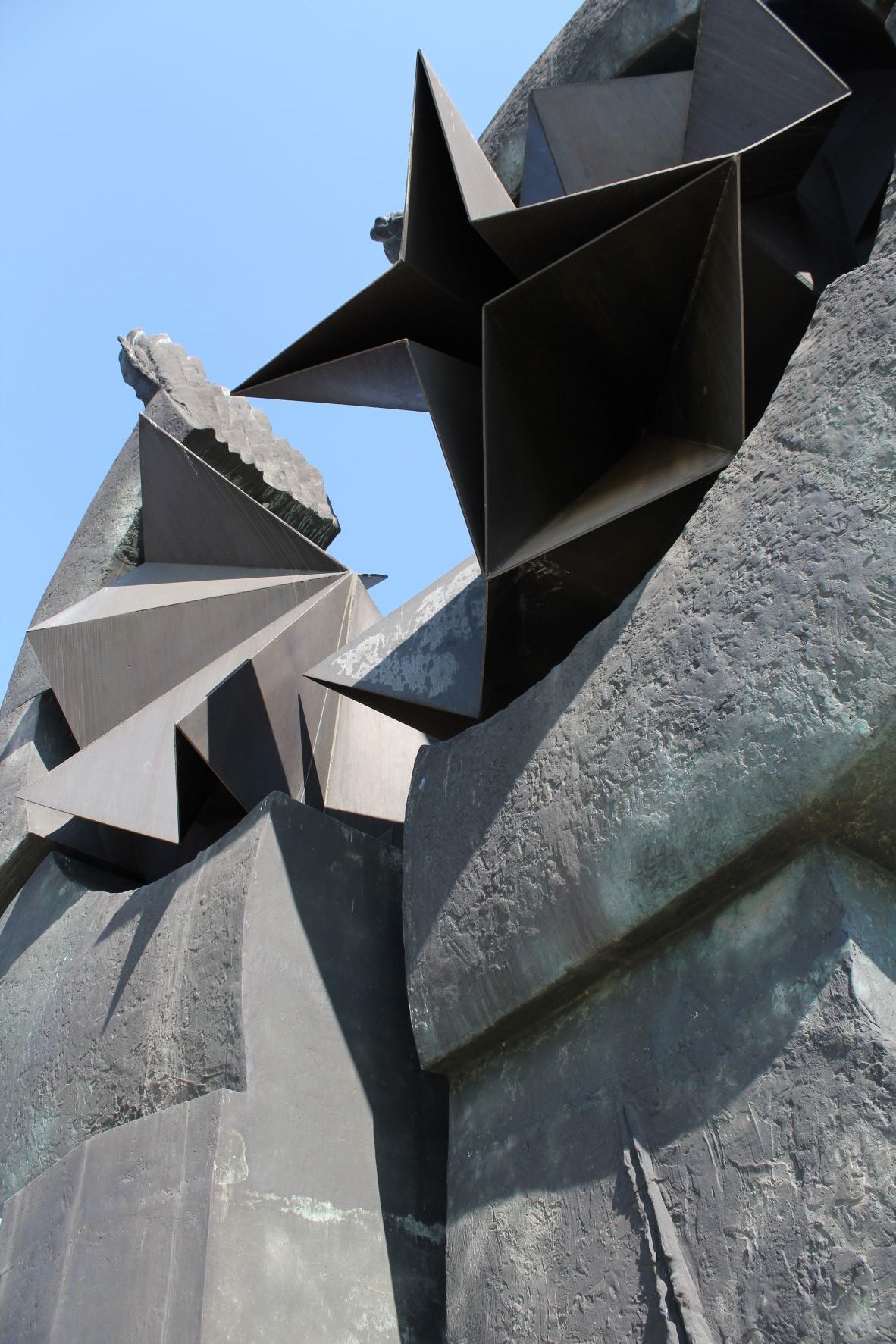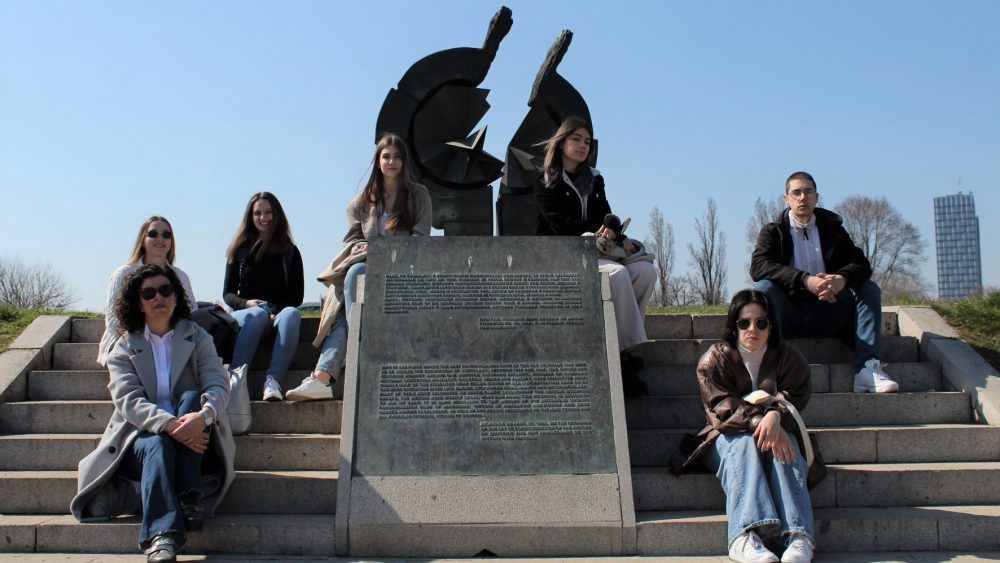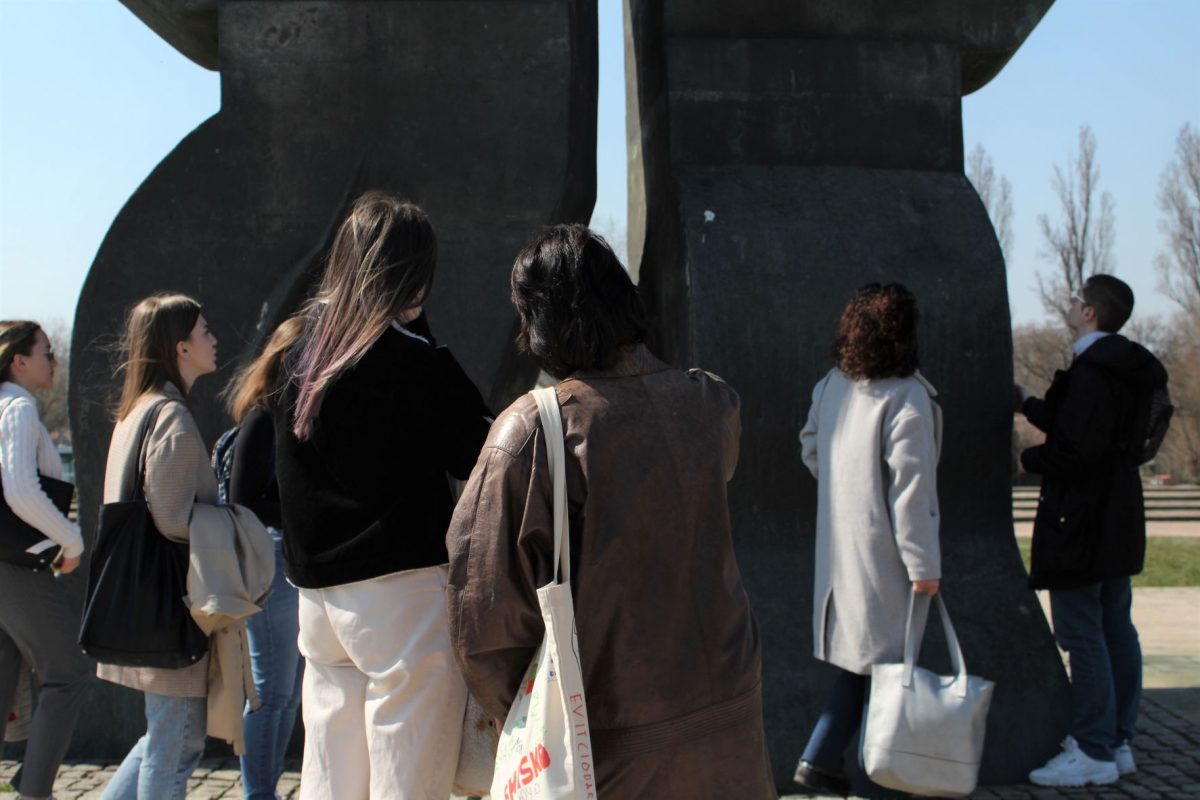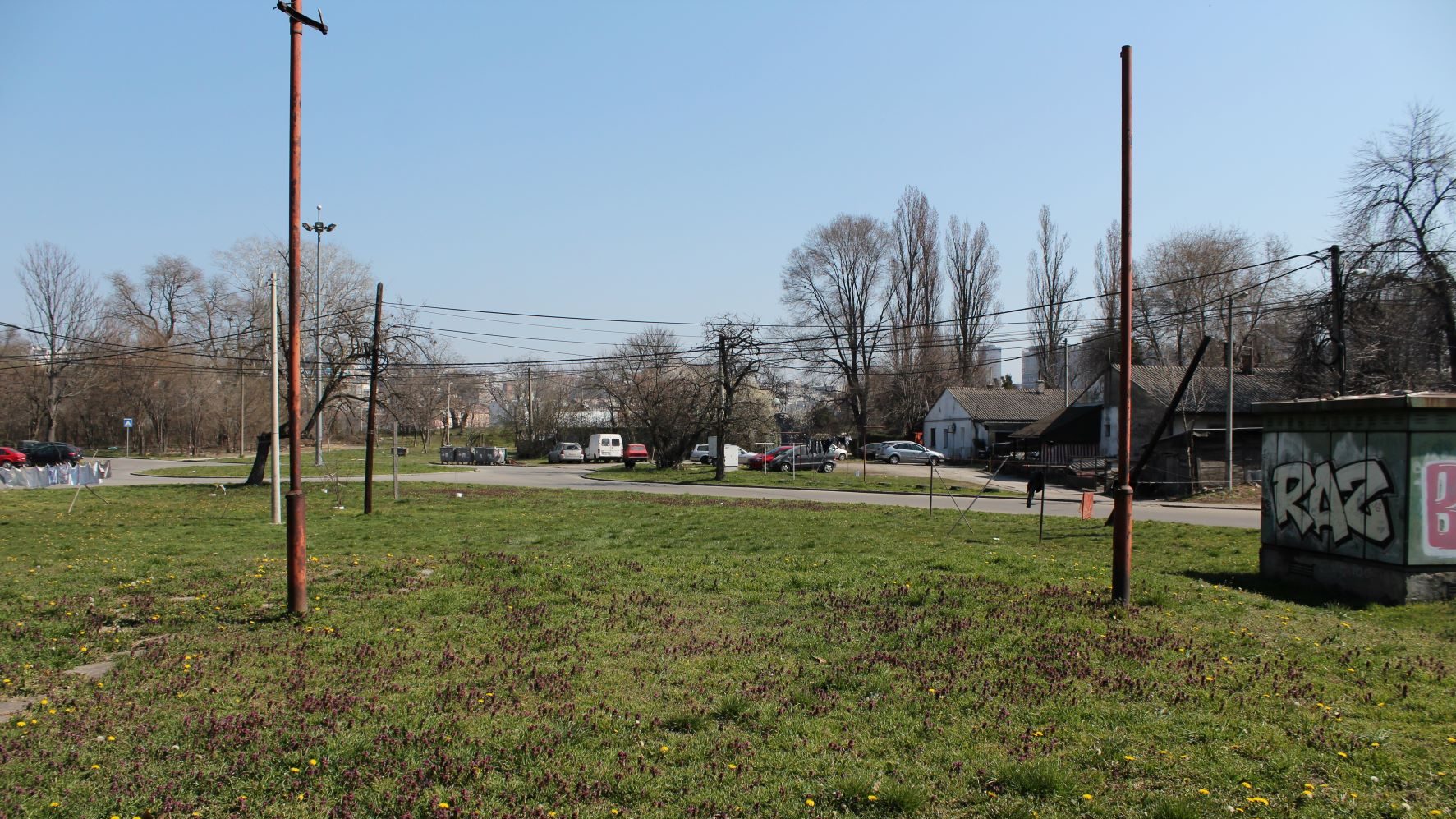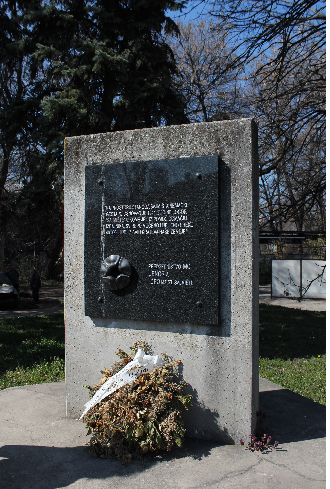WHERE IS IT?
The old Fairground complex is located in New Belgrade between Branko's and Tram bridges, on the left bank of the river Sava.
THE HISTORY
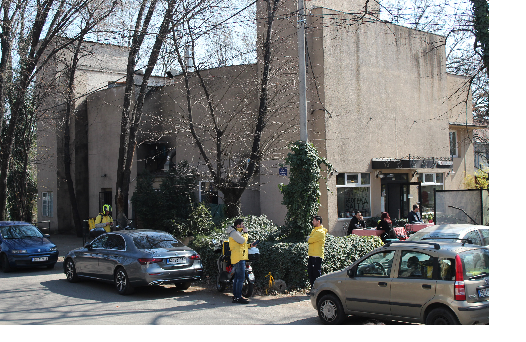 The old fairground gestapo camp- initially conceived as a fair complex that should be an incentive for the economic development of the Kingdom of Yugoslavia, during the war it was turned into a concentration camp and today is one of the most significant place of remembrance for the suffering of Jews throughout Serbia.
The old fairground gestapo camp- initially conceived as a fair complex that should be an incentive for the economic development of the Kingdom of Yugoslavia, during the war it was turned into a concentration camp and today is one of the most significant place of remembrance for the suffering of Jews throughout Serbia.
The first Belgrade Fair was a project of three architects: Rajko Tatić, Milivoje Tričković and Djordje Lukić. It was built in 1937. by the efforts of merchants, industrialists and the Belgrade Municipality. The fair "built" a construction road in New Belgrade, as it was the first complex on the left side of the Sava river. It was a indicator of modern architecture and urbanism in the 1930s. Around the central square there were five Yugoslavia pavilions with a tower in the middle and spacious square and in the remaining part were more foreign (Romania, Italy, Turkey...) and domestic pavilions. The fair was officially opened on September 11, 1937. and a ceremony was held in the pavilion of Nikola Spasić. Various book fairs, sports events, craft exhibitions, automobiles, congresses broadcast here. The construction of the sixth Yugoslav pavilion was interrupted by the war.
The Second World War
In December 1941., the Jewish Camp Zemun (Judenlager Semlin) was formed, which territorially belonged to the Independent State of Croatia. Germany received approval to establish a camp on that location. The condition was that there Serbian guards that they would be supplied from Belgrade weren't allowed. The camp was formed by the Gestapo in order to liquidate the Jewish and Romani population in the area of Belgrade and Serbia. There was barbed wire around the camp and it was quarded by guards. The fair was turned into a pavilion for torture and hanging, a morgu, a hospital, accommodation for detainees. 6400 Jews and about 600 Romani were brought to the camp. Many detainees died in the winter 1941./1942. year due to cold, hunger and disease. When the winter passed, the survivors were waiting for the gas chamber. The dead were buried in the Jewish cementery. The camp existed for 5 months, during which time more than 6.000 Jews were killed. Serbia was declared cleansed of Jews (Judenrein). This camp is important for the history of the Holocaust in Serbia, as a place of almost complete liquidation of the Jewish population.
Reception Camp Zemun
After 1942. and the suffering of the Jews, the camp at Sajmište became a reception camp. 32.000 of people passed through the camp, and about 11.000 were killed. Some prisoners were sent to forced labor. In addition to the shootings, a large number of victims were killed and starved. In the Allied bombing in 1944., the camp was almost complete destroyed.
And yet, two months later, on 17. September 1944, just over a month before the liberation of Belgrade, a large group of Jews from Hungary and Banat, who had been used as forced laborers in copper mines near the Serbian city of Bor, were brought to the site of the abandoned camp. They were held there for three days, awaiting transportation to one of the death camps in Germany or Poland. This means that as well as being the first, Jews were also the last victims of Semlin lager.In the Allied bombing in 1944. the camp was severely destroyed.
After the Second World War
A memorial plaque dedicated to the victims of the camp, the work of sculptor Milorad Tepavac was unveiled on the 20th October in 1974. (on the 30th anniversary of the liberation of Belgrade). However, it was removed during the construction of a new memorial on 7th July 1984.
A decade later, a space for praying homage was arranged, and a monument was constructed (the work of sculptor Miodrag Popović). The monument was unveiled on 21st April 1995. and was dedicated to all those who perished at the Semlin camp, but also to victims of the ‘notorious Ustasha concentration camp Jasenovac’ . Since 2015, 10th May has been marked as a sign of remembrance of the same date in 1942., when it was announced that there were no more Jews in Belgrade. Today, the entire space of the former Fair complex is a memory of historical events. In 1987., the Old Fairground Gestapo camp was declared a cultural asset. This place has great social and cultural significance as a display of the Jewish Community on the territory of Belgrade and the place of the largest German camp in Southeast Europe, as well as a sign of warning and remembrance.






Spomenik žrtvama genocida nad Srbima, Jevrejima i Romima
CULTURAL HERITAGE
For the first time, on October 20, 1974., on the 30th anniversary of the liberation of Belgrade, a memorial plaque was constructed to the victims of the camp, the work of sculptor Milorad Tepavac. However, it was removed during the construction of a new memorial on July 7 in 1984. A decade later, new monument was put, the work of sculptor Miodrag Popović, which was unveiled on 21st April 1995, as a sign of rememberance of the 22nd April 1945. when a break through of detainees form the Jasenovac camp took place.
Since 2015. (10th May) it has been marked as a sign of remembrance of the day when in 1942. the last group of Jews was executed in Belgrade . In 1987 The Old Fairground camp was declared a cultural asset. This place has great social and cultural significance as a display of the Jewish community on the territory of Belgrade and the place of the largest German camp in Southeast Europe, as well as a sign of warning and remembrance. During the previous decades, the space didn't have the deserved attention and care, so the complex is in a neglected condition and without adequate protection.
It is encouraging news that on 24th February in 2020., The Assembly of the Republic of Serbia adopted the Law on the memorial Center "Staro sajmište- Old Fairground camp". Its purpose is to create a legal basis for the institutional care and protection of this area and contribute to the culture of remembering the tragic events of the Second World War.
